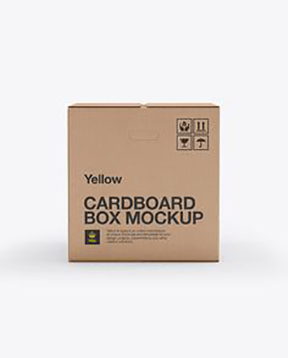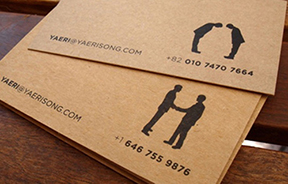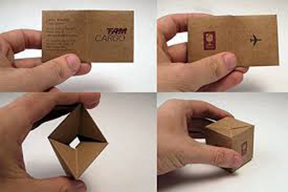Contents
Lecture
Type on the Third Dimension. Type on a box: additional samples of type on a cube–experimental and practical applications on architecture and signage.
Specifically: Computer work to put the typographic sketches into the template.
While this isn’t a packaging course, go through the site below. It’s a Swedish product design and production company. They make all kinds of objects, but their most interesting are solutions for medical packaging.
https://www.swedbrand-group.com/blog/15-innovative-medicine-packaging-designs
Technical
Here are four videos to help you put your images on the template. I didn’t have either a printer or Bristol board. I drew the template on looseleaf and made the cube on a piece of white cardboard I had laying around the apartment. I painted it black with Plaka and assembled it.
- Drawing the ligature template from scratch in case you don’t have a printer https://youtu.be/gu6AlY51kjE
- Transferring the Ligature from the screen to tracing paper: https://youtu.be/j4yUbhsobK4
- Transferring the ligature from tracing paper to the white board : https://youtu.be/zvMmJK-R6IE
- Building the ligature once it’s been painted. I painted it with Plaka because I like the matte black, similar to the toner from a printer. Long video. https://youtu.be/m7I_oroi-Ec
Preparation
- Using the assembled hand-made cube, transfer and refine the design to the computer.
- Print the image on a stock that is slightly heavier than standard stock. Cut and assemble.
Session 1/Session 2
- Finish the cube project and photograph with the phone against a neutral background. Photograph all angles
- Critique by the end of the class. Each student makes an online presentation of their finished cube(s).
Homework
- Design the images on the cube by either tracing and transferring the ligature images from the various enlargements you made,
- Or enlarging or reducing the images on the screen, tracing them on tracing paper
- Then transferring the entire sketch onto cardstock, cut it and assemble it.
- If modifications are needed, make them, and evaluate the strength of the design.
- Once that’s done, transfer the information to the design on the computer, make a PDF and send to print, again on cardstock.
- Trim carefully, assemble it. gluing the flaps together, and carefully filling in the edges to give a clean corner.
Resources
To print the cube:
https://www.fedex.com/en-us/office/copy-and-print-services.html https://www.theupsstore.com/print/copies https://www.upsstoreprintshop.com/DSF/SmartStore.aspx#!/CategoryHome/19
Print this page









Recent Comments